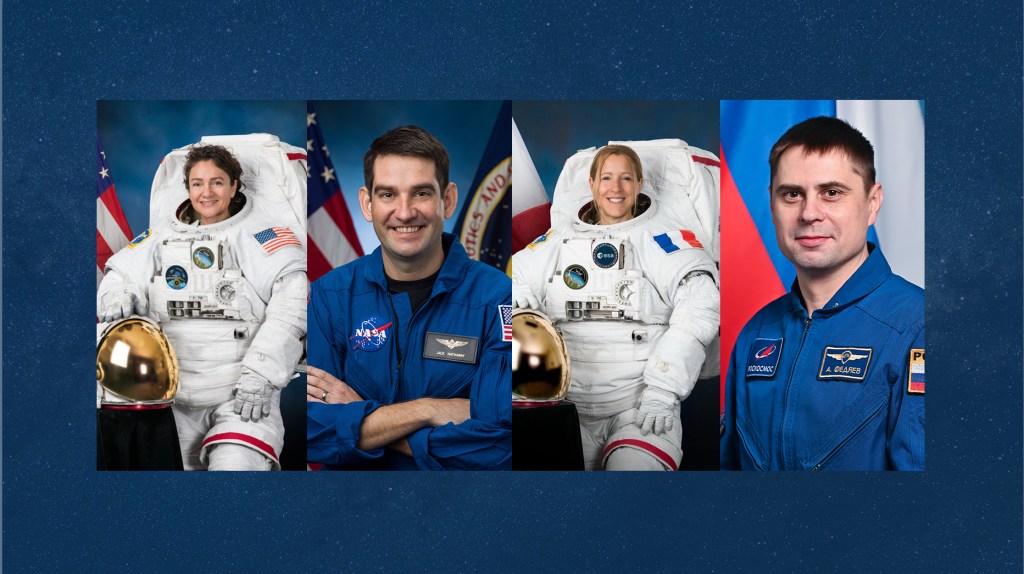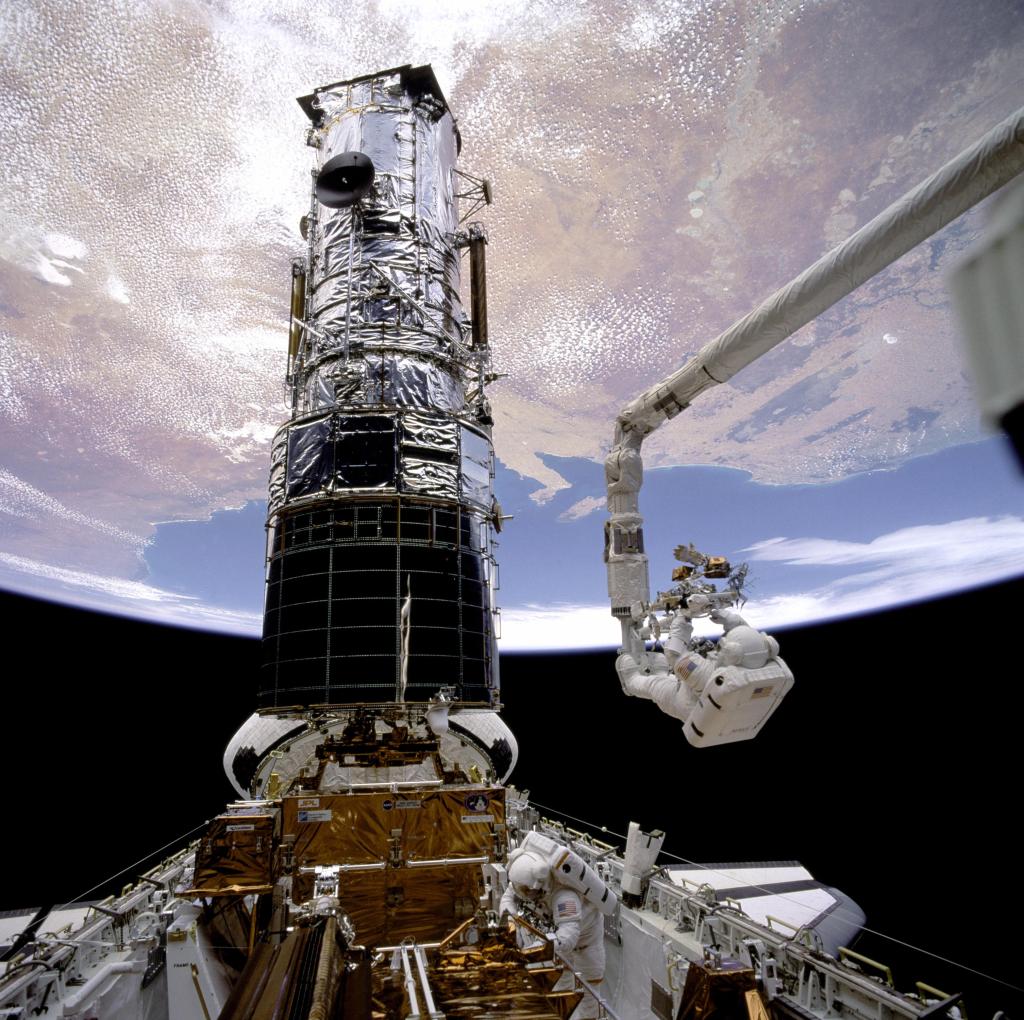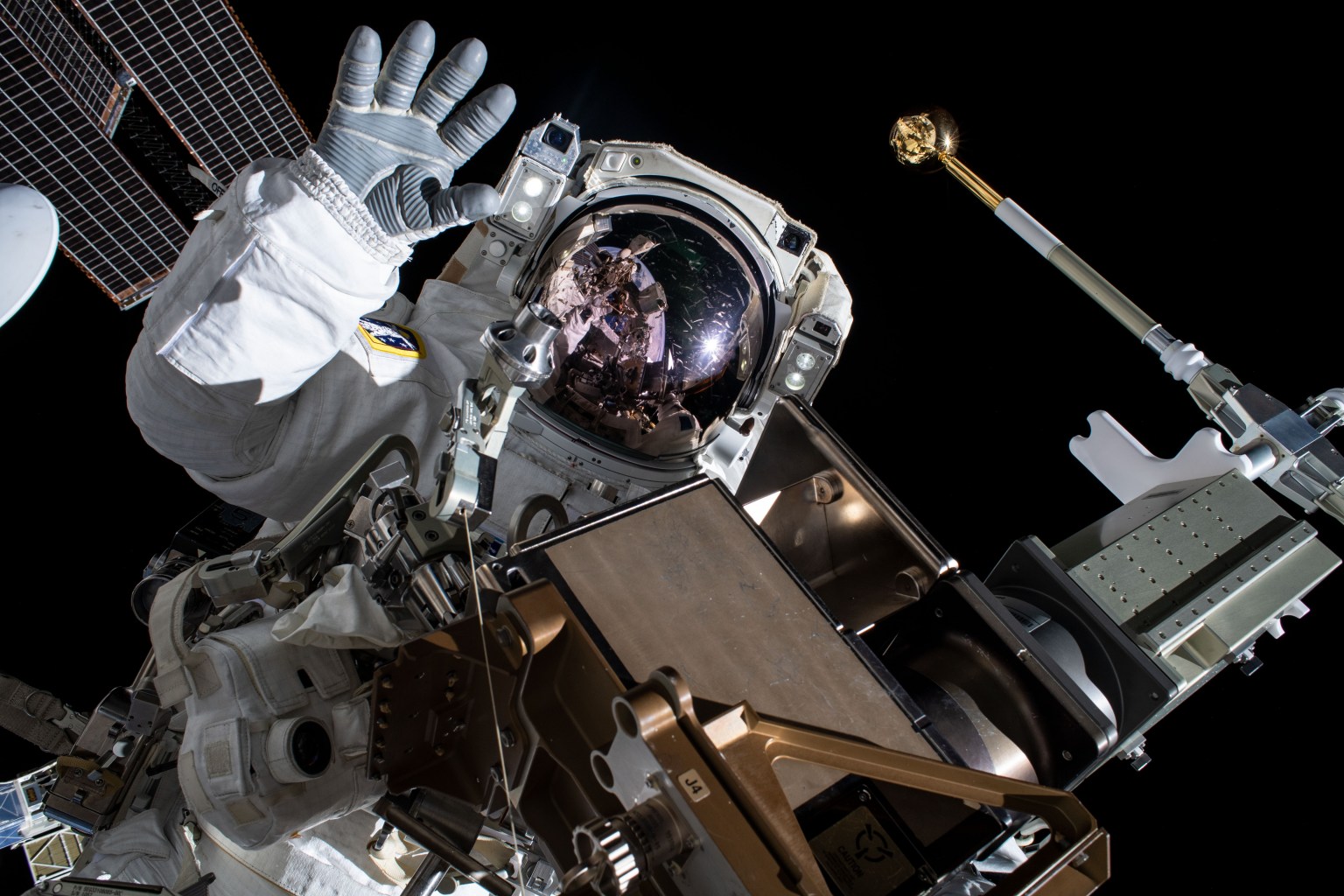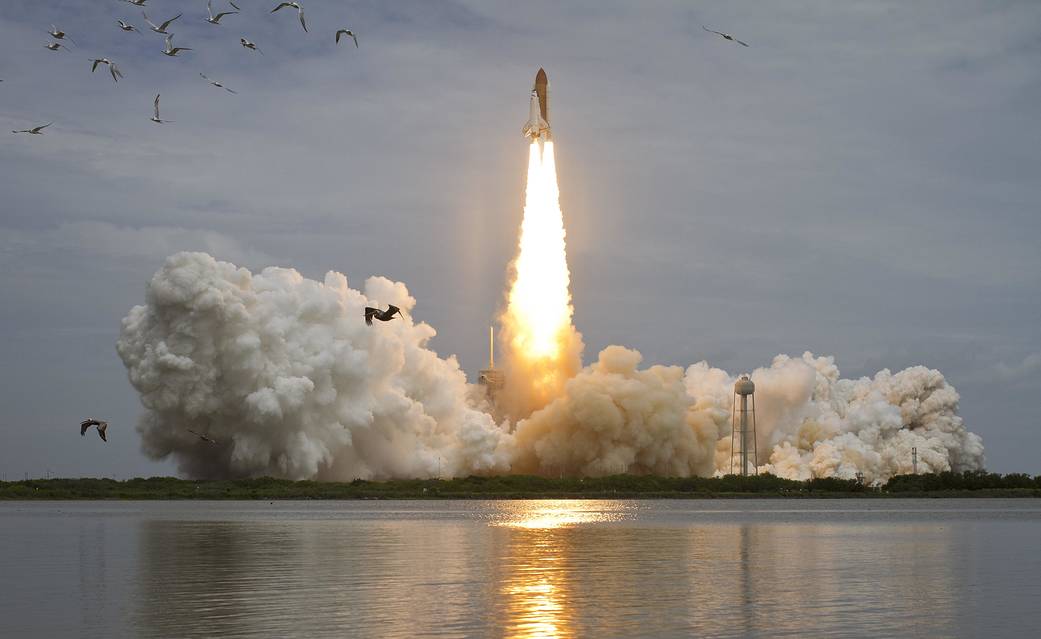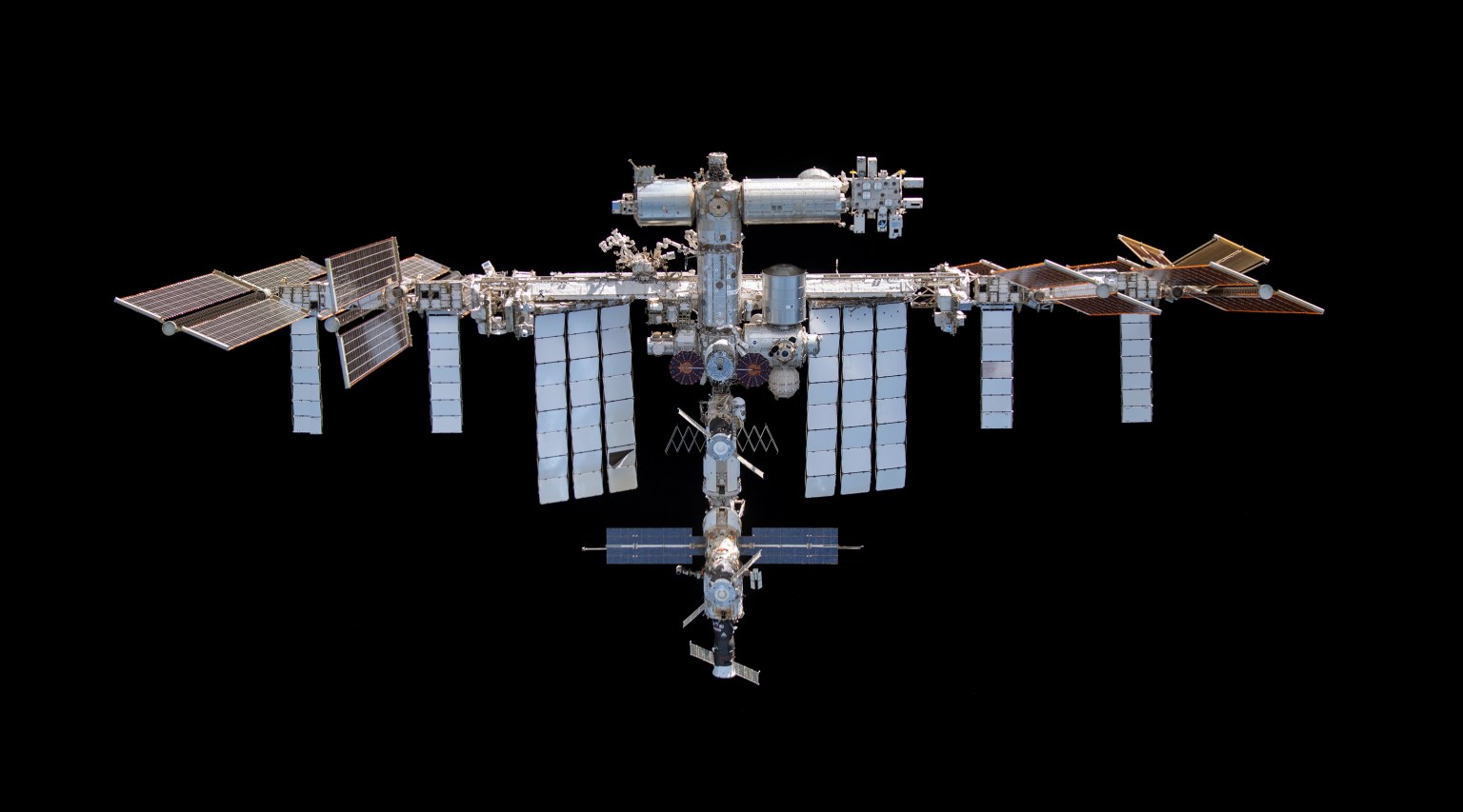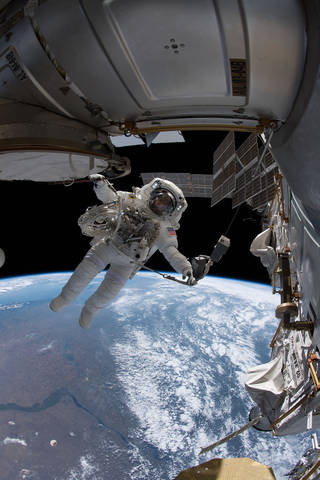
STS-65
Second Fight of the International Microgravity Library (IML-2).
orbiter
mission duration
Launch
Landing

STS-65 Mission Facts
Mission: International Microgravity Library (IML-2)
Space Shuttle: Columbia
Launch Pad: 39A
Launched: July 8, 1994 at 12:43:00.069 p.m. EDT
Landing Site: Kennedy Space Center, Florida
Landing: July 23, 1994 at 6:38:00 a.m. EDT
Runway: 33
Rollout Distance: 10,211 feet
Rollout Time: 68 seconds
Revolution: 235
Mission Duration: 14 days, 17 hours, 55 minutes, 00 seconds
Orbit Altitude: 160 nautical miles
Orbit Inclination: 28.45 degrees
Miles Traveled: 6.1 million
Crew
Robert D. Cabana, Commander
James D. Halsell Jr., Pilot
Richard J. Hieb, Payload Commander
Carl E. Walz, Mission Specialist
Leroy Chiao, Mission Specialist
Donald A. Thomas, Mission Specialist
Chiaki Naito-Mukai, Payload Specialist
Mission Highlights
Payload Specialist Chiaki Mukai became the first Japanese woman to fly in space; she also set the record for the longest flight to date by a female astronaut.
STS-65 marked second flight of International Microgravity Laboratory (IML-2), carrying more than twice the number of experiments and facilities as IML-1. Crew split into two teams to perform around-the-clock research. More than 80 experiments, representing more than 200 scientists from six space agencies, were located in Spacelab module in payload bay (one piece of equipment stowed in middeck lockers). Fifty of the experiments delved into life sciences, including bioprocessing, space biology, human physiology and radiation biology. Some of the equipment used for these investigations had flown on previous Spacelab flights, such as European Space Agency’s Biorack, making its third flight. IML-2 Biorack housed 19 experiments featuring chemicals and biological samples such as bacteria, mammalian and human cells, isolated tissues and eggs, sea urchin larvae, fruit flies and plant seedlings. Over the course of a single mission, specimens can evolve through several stages of life cycles, allowing study of effects of microgravity and cosmic radiation on living tissues.
The German Space Agency (DARA) provided the NIZEMI, a slow rotating centrifuge that allowed study of how organisms react to different gravity levels. Samples studied included jellyfish and plants. For the first time, researchers were able to determine how organisms react to forces one-and-a-half times Earth’s gravity.
Nearly 30 experiments in materials processing were conducted with nine different types of science facilities. DARA provided the TEMPUS, flying for first time on IML-2, designed to allow study of solidification of materials from liquid state in a containerless environment. Solidification phenomena are of great interest to science and also used in many industrial processes. Science teams detected for first time a phase in a nickel-niobium sample that is masked by other forces on Earth.
Another facility, Advanced Protein Crystallization Facility developed by European Space Agency, was flying for second time. Housed in two middeck lockers, it operated autonomously after being activated on first flight day. Some 5,000 video images were made of crystals grown during flight.
The mission further advanced the concept of telescience, where researchers on the ground can monitor in realtime experiments on board the orbiter. This flight set a new record of more than 25,000 payload commands issued from Spacelab Mission Operations Control at Huntsville, Ala.
In addition to IML-2 investigations, following payloads also were flown: Orbital Acceleration Research Experiment (OARE); Commercial Protein Crystal Growth (CPCG); Military Application of Ship Tracks (MAST); Shuttle Amateur Radio Experiment (SAREX); and Air Force Maui Optical Site (AMOS), which does not require onboard equipment.
The flight marked the first time liftoff and reentry as experienced from the crew cabin were captured on videotape. Crew took time during mission to honor 25th anniversary of Apollo 11, noting it also featured a spacecraft named Columbia.
Only orbiter-related glitch experienced was an occurrence of transient spikes in Inertial Measurement Unit 1.
STS-65
Shuttle News
Retired Space Shuttle Locations
Shuttle Atlantis – Kennedy Space Center Visitor Complex Shuttle Discovery – Steven F. Udvar-Hazy Center Shuttle Endeavour – California Science…
Read the Story







